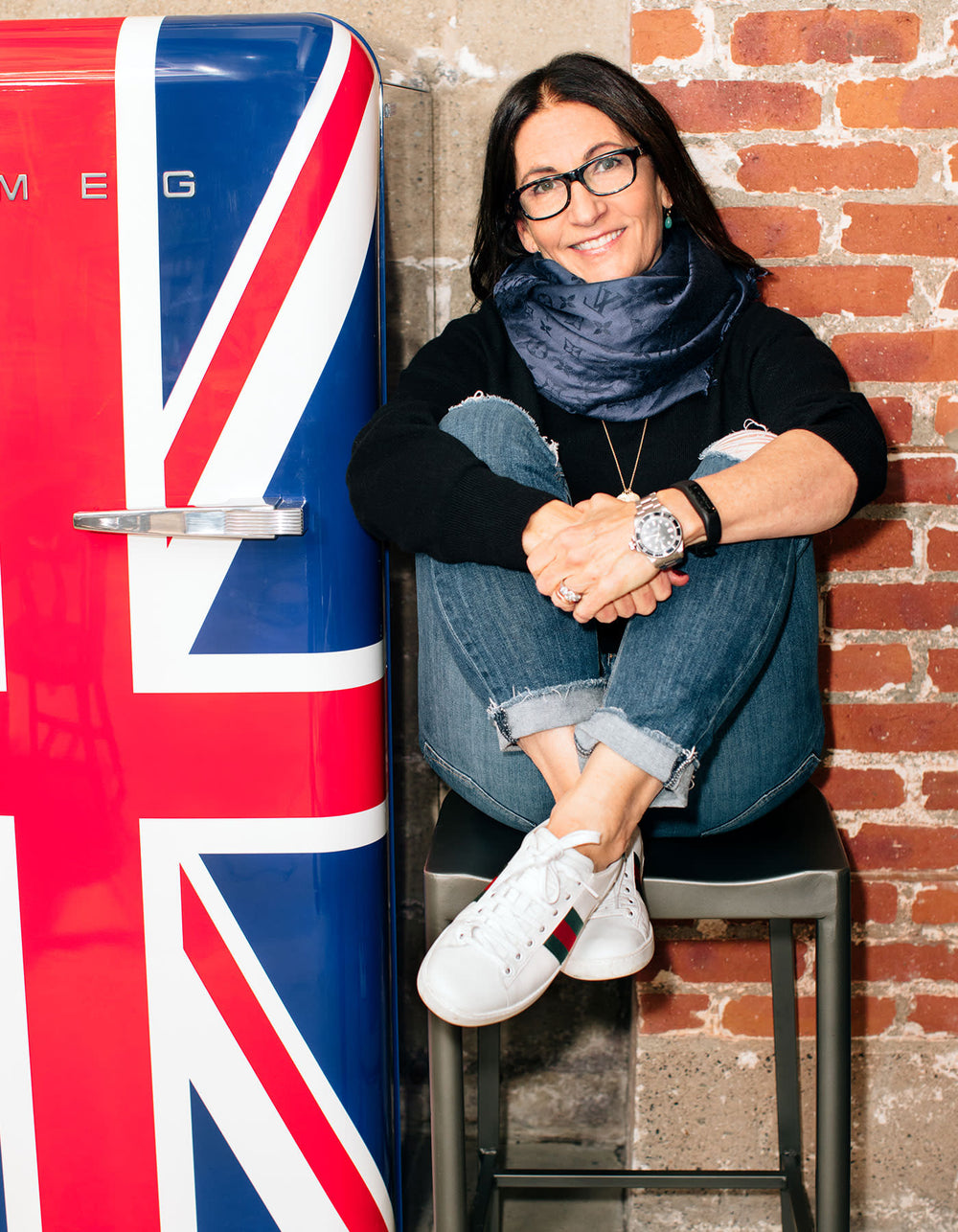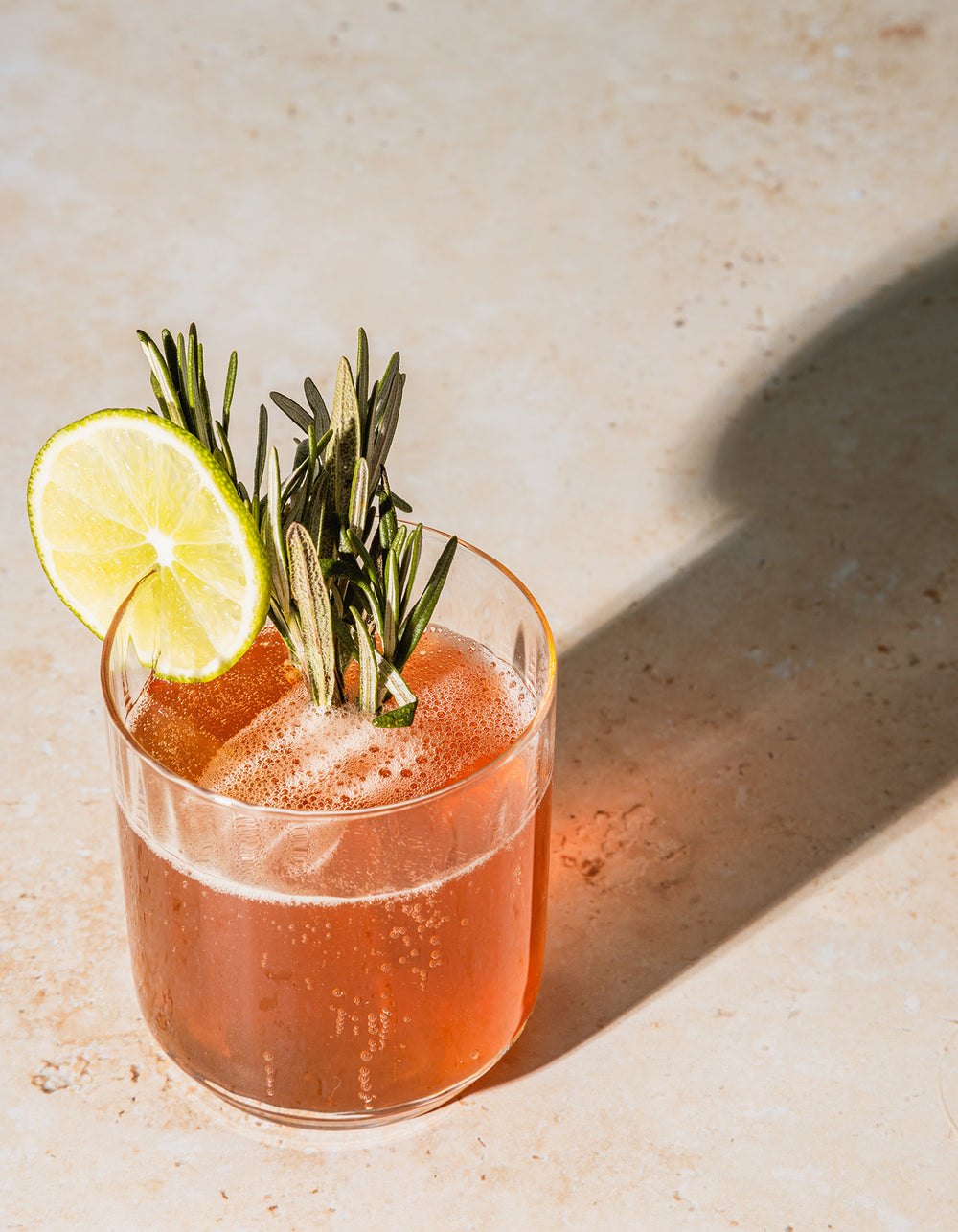Diary / Beauty / Sep 26, 2022
Should You Be Using Probiotic and Prebiotic Skincare?
Written by: Julia McVeigh

Once a niche supplement for Birkenstock-wearing wellness evangelists, probiotics have increasingly gained mainstream acceptance. (Ditto Birkenstocks.) Rightfully so, as mounting research points to the varied and substantial health benefits of consuming “good” bacteria; from alleviating the symptoms of irritable bowel syndrome (IBS) to impacting the nervous system to treat depression, probiotics can have resoundingly positive impacts on holistic health.
It was inevitable, then, that the cosmetic industry would soon take an interest in leveraging bacteria for beauty’s sake. It began with glamourizing supplementation, with skin-enhancing ingestibles like The Beauty Chef Glow Powder quickly gaining cult following. Up next? Probiotic-infused skincare.
The thinking: Similar to oral supplements, probiotic skin products can be used to foment and restore “good” bacteria – in this case, the trillions found on the skin’s surface (also known as the skin microbiome), which help do things like boost immunity and combat inflammation. In theory, it sounds great. But as someone who is obsessive about refrigerating my expensive bottle of probiotics to keep the live bacteria, er, alive, I was skeptical.
Can the benefits of live bacteria really be bottled up in a cream, lotion or potion?

Dr. Roshini Raj, the founder of TULA, one of the industry’s first – and most pioneering – probiotic-based skincare lines, acknowledges this potential issue. “Probiotics can be challenging to formulate with, as some types will need to be kept in climate-controlled conditions.,” says Raj. “TULA partners with the leading probiotic supplier to extract the beneficial metabolites of the probiotic bacteria, isolating the specific active that is effective on the skin.” This active allows the brand to create a shelf stable product that doesn’t require refrigeration.
Aurelia Probiotic Skincare, a UK-based beauty brand, circumvents the issue entirely be working with non-live probiotic elements. Founder Claire Vero explains, “The most common misconception is that probiotics need to be live to have an effect on the skin. We use probiotics in a unique way, in their non-live form, to offer more anti-aging results than simply working on the skin’s surface.” Aurelia’s products, as opposed to their competitors, use probiotic derivatives to drive changes below the surface of the skin as opposed to on the microbiome. Vero elaborates, “All of the probiotics used in my line are derived from a fermented milk protein… [they] work to balance and calm the natural immune triggers in your skin, which can be overstimulated by pollution and stress, among other factors.”
Leveraging the power of natural fermentation – a bacteria-oriented process – is also a key feature of another notable player in the space, Orveda. Founded by former L'Oréal executive Sue Nabi, Orveda’s active ingredients are bio-fermented, enabling them to be better recognized and thereafter absorbed by the skin microbiome. The thinking: Bacteria likes bacteria.
Another thing bacteria likes? Prebiotics. Lesser known than their probiotic counterparts, prebiotics are the natural fibers that probiotics thrive on. Think of them as healthy fertilizers for the skin microbiome, fueling flourishing colonies of “good” bacteria; unsurprisingly, they’re a key feature in both Orveda and TULA. On her decision to use prebiotics, Nabi notes, “Orveda uses only prebiotics derived from the fermentation of Yukon fibers. They are considered ‘good’ food for the healthy bacteria that live on our skin. By feeding these on a daily basis, we promote the development of healthy bacteria.”
While all three women make compelling cases for the use of bacteria-based skincare, one thing is clear: That bacteria that’s living on your face? It’s important – and many mainstream products are formulated with ingredients that can damage it. In fact, donning a squeaky-clean, sudsy face is perhaps the worst thing you can do to the skin microbiome. Nabi explains, “Conventional cleansers are the number one enemy of our skin barriers. When we use harsh sulfates, we strip the skin of its good oils and therefore its “good” bacteria that, together, form an ecosystem.” She continues, “When we use soap that is mainly alkaline – a pH greater than 7 – we disturb the biology of these healthy bacteria, too, since the natural skin pH is slightly; close to 6.” Other common skincare ingredients, including parabens, alcohols and mineral oils are also no-no’s when it comes to preserving a healthy microbiome, while plant-based ingredients and botanicals are acknowledged as bacteria-friendly.
Sounds like clean beauty to me. And it sounds like clean beauty just got a little dirtier.













































 Miracle Balm
Miracle Balm
 Just Enough Tinted Moisturizer
Just Enough Tinted Moisturizer
 What The Foundation
What The Foundation


